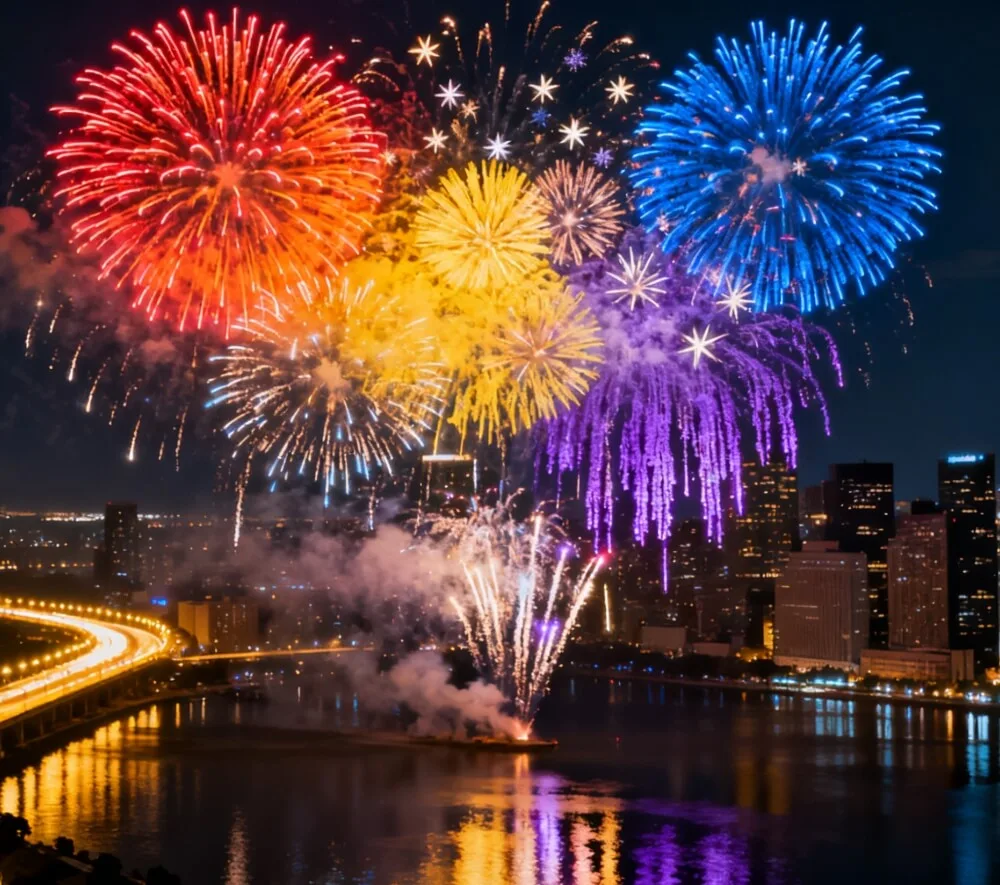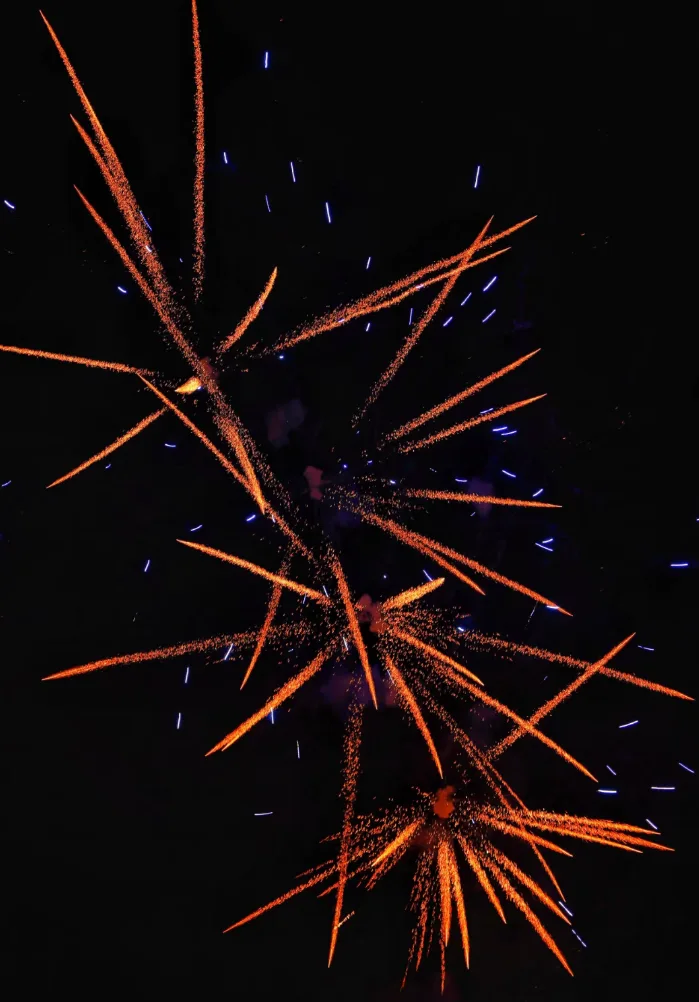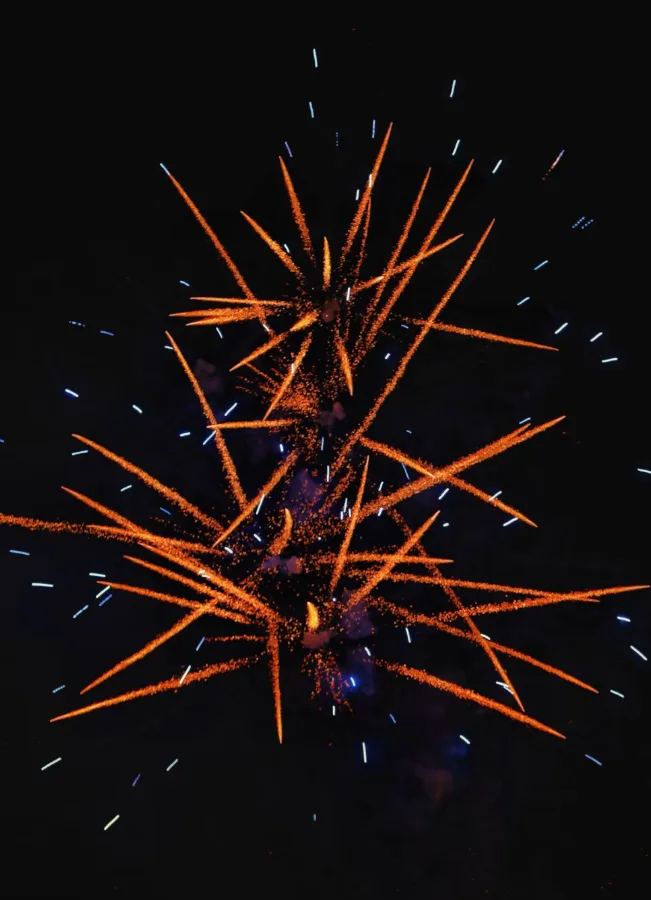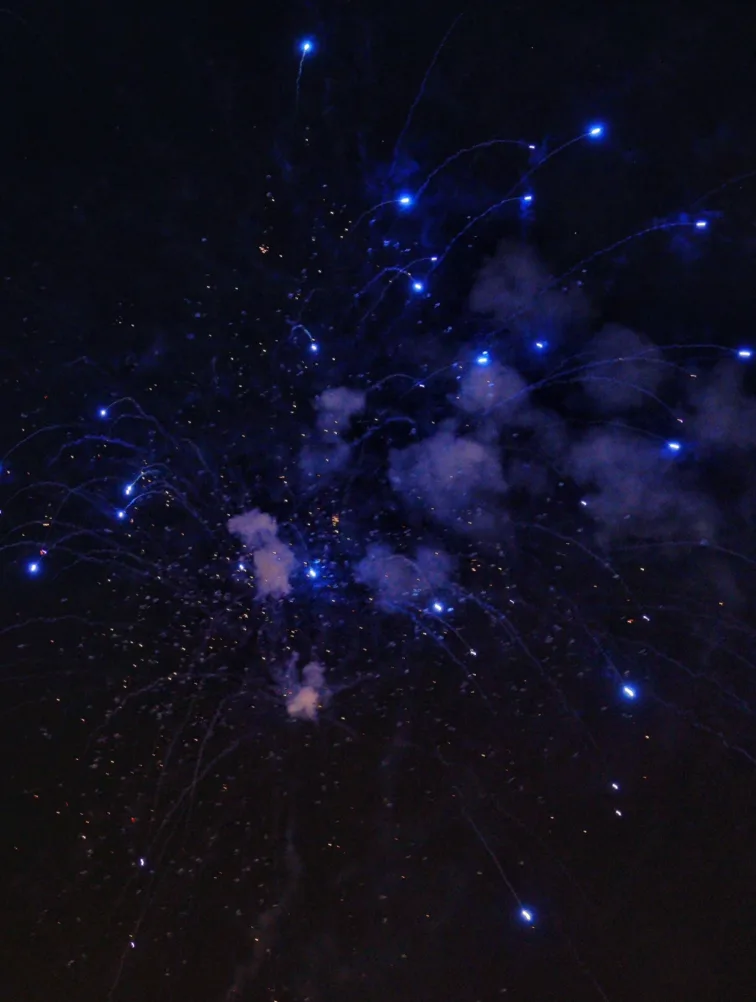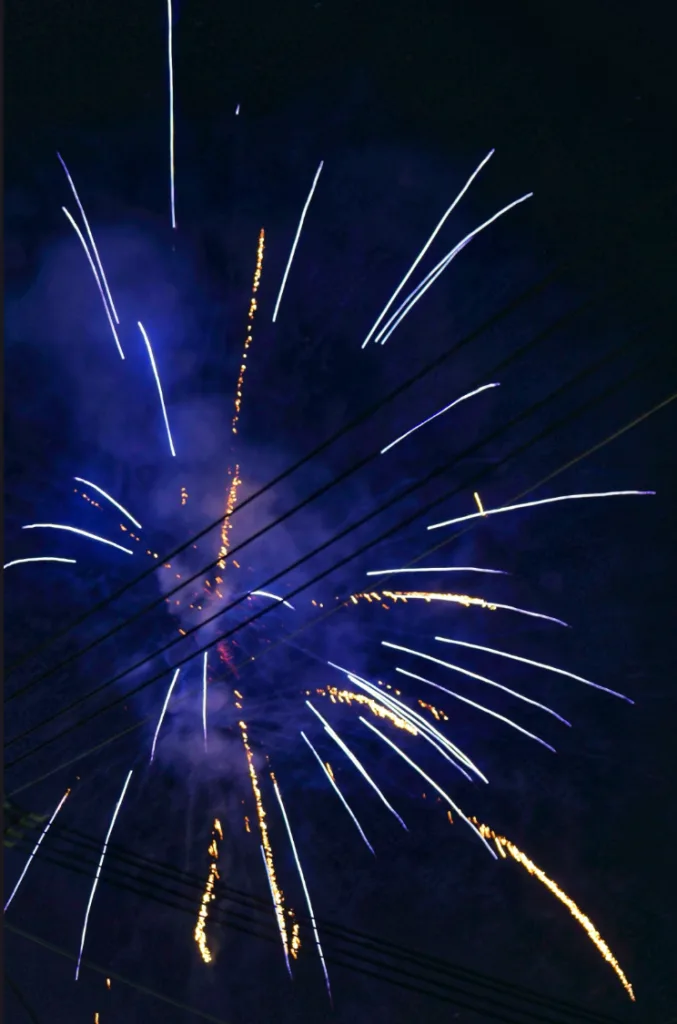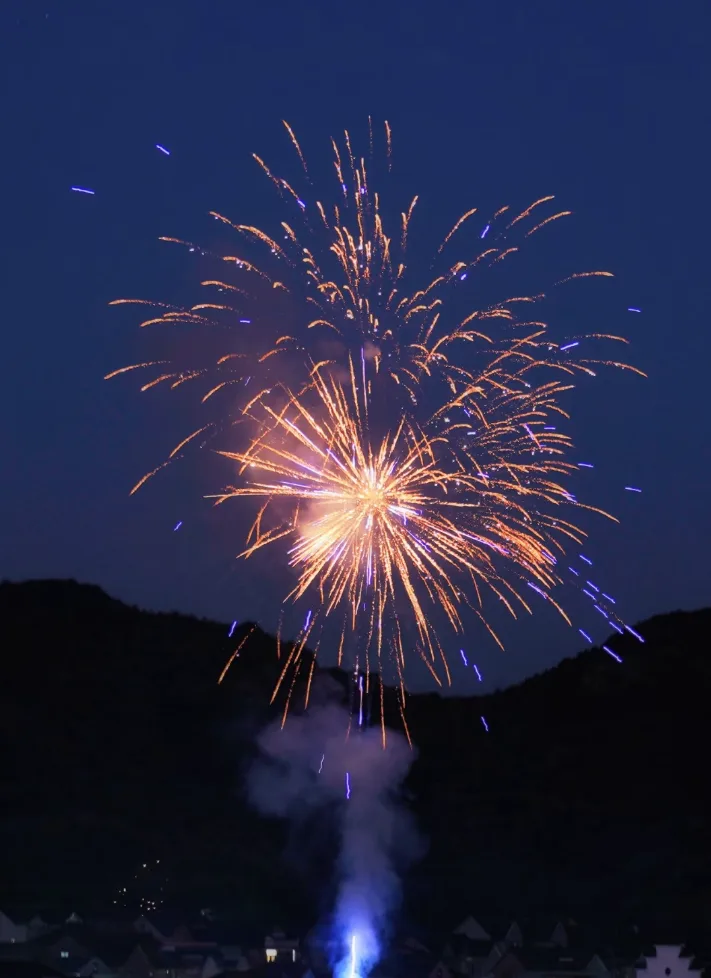Fireworks are one of the oldest and most spectacular art forms in the night sky. Each burst of light, each explosion of color, encapsulates humanity's deep-seated expression of celebration, unity, and hope for a better tomorrow. Yet, behind this brief moment of brilliance lies a thousand-year history, profound cultural meaning, and an increasingly critical issue of environmental balance.
Origin and Cultural Legacy
The birthplace of fireworks is China, with its history tracing back to the "firecracker" custom of the pre-Qin period. The earliest firecrackers were simple bamboo stalks thrown into a fire, whose exploding air pockets created a loud noise used to ward off evil spirits. By the Tang and Song dynasties, the invention of gunpowder allowed the simple noise to evolve into a complex display of sound, light, and color—the pyrotechnic show. The Song Dynasty poet Wang Anshi's line, "The sound of firecrackers signals the year's end," illustrates the custom's prominence.
Fireworks carry significant cultural symbolism. In China, they are not only a mark of festivity during major celebrations like the Lunar New Year and the Lantern Festival but also embody the spiritual desire to bid farewell to the old, welcome the new, and pray for good fortune. When gunpowder and pyrotechnic technology traveled to Europe in the 13th century, fireworks quickly became integral to royal celebrations, religious festivals, and public entertainment. From America's Independence Day and India's Diwali to Japan's Hanabi festivals and New Year's Eve globally, fireworks have become a vital part of celebrations worldwide and represent a crucial part of Intangible Cultural Heritage.
Environmental Costs and Technological Innovation
Despite their irreplaceable cultural value and visual appeal, the environmental impact of setting off fireworks has drawn global concern and debate. Every grand display releases a significant number of pollutants, primarily impacting the environment in several ways:
Air Pollution: Firework explosions release large amounts of particulate matter (PM2.5 and PM10), carbon dioxide, carbon monoxide, and sulfur dioxide. These fine particles can penetrate the lungs and bloodstream, causing short-term and long-term health issues for the respiratory and cardiovascular systems. Moreover, heavy metal compounds—such as barium, copper, and strontium—used to create vibrant colors settle as residue, contaminating the air, soil, and water.
Noise and Ecological Impact: The immense noise from fireworks cause significant distress, fear, and anxiety for wildlife and domestic animals. Studies show that on nights with firework displays, thousands of birds abruptly take flight, sometimes abandoning their nests and young. For urban animals, the noise disturbance can have a long-term negative impact on breeding and migratory behavior.
Chemical Contamination: Perchlorate, a chemical compound used as an oxidizer in fireworks, can persist in the environment for long periods. It contaminates groundwater and surface water and may affect the growth and development of plants and animals.
To address the conflict between tradition and environmental protection, the industry is pursuing innovation. Some manufacturers have begun developing "eco-friendly" fireworks that use low-sulfur or sulfur-free materials, reduce the amount of gunpowder, minimize smoke and noise, and replace plastic casings with biodegradable alternatives. Furthermore, modern technology like drone light shows and laser performances are being adopted as "zero-pollution" alternatives in many large-scale events, offering new ways to enjoy a visual spectacle while protecting the environment.
Conclusion: Balancing Tradition and the Future
Fireworks represent a beautiful contradiction in human civilization. They are a timeless carrier of collective memory and emotional release across millennia, yet they also pose an environmental challenge that contemporary society must address. Moving forward, the key challenge for the global community will be finding the optimal balance between preserving cultural traditions and protecting the environment through policy regulation, technological innovation, and public awareness. Only through responsible use and innovation can this "sound and light totem" continue to illuminate the future in a cleaner, safer way.

